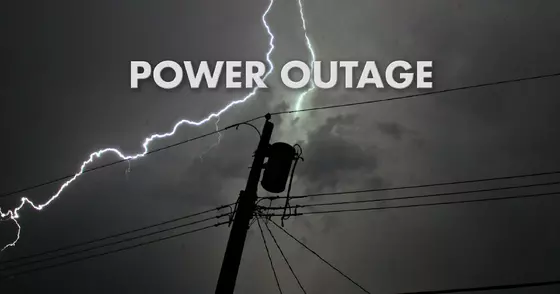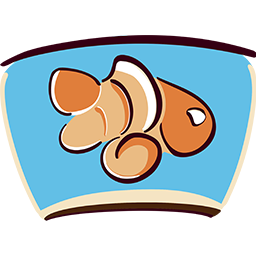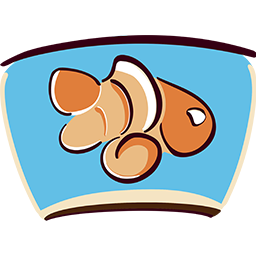
How to Care for Your Aquarium During Power Outages
A power outage may seem like only a small inconvenience when it comes to the grand scheme of things, however, for your aquarium, it can start as a minor item but lead to a major issue that can be fatal in the end. By having a plan and knowing what critical items are required to be taken care of during an extended power outage, you can make sure that any sensitive species survive without any major damage or issues once the power has been restored.
Aquariu.ms



